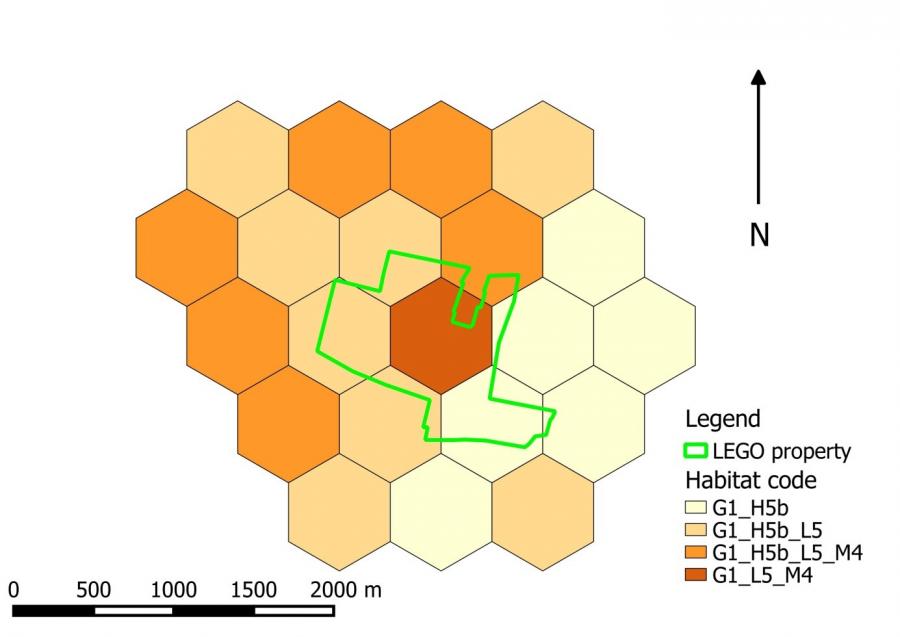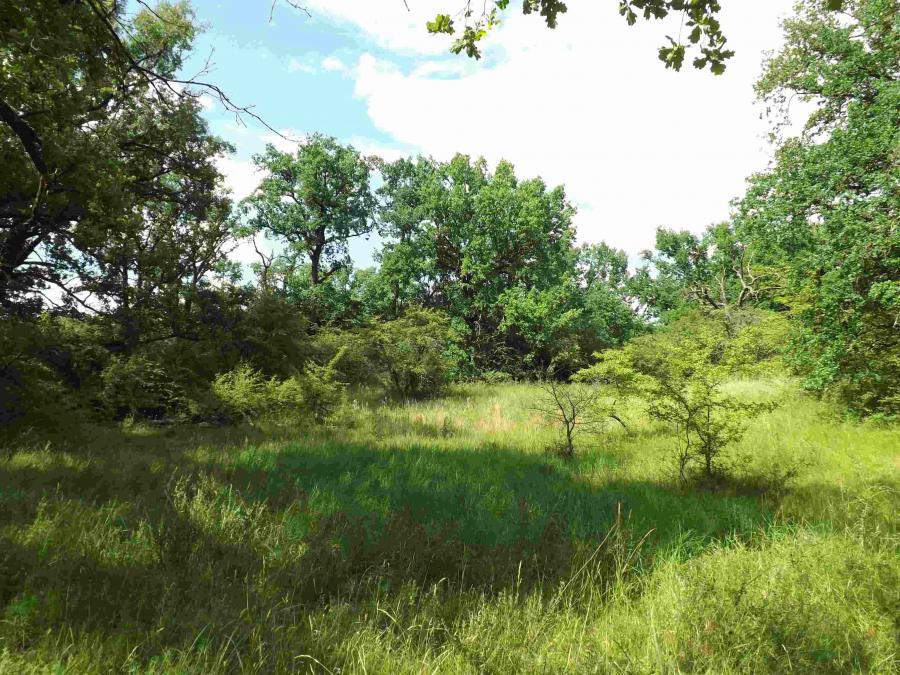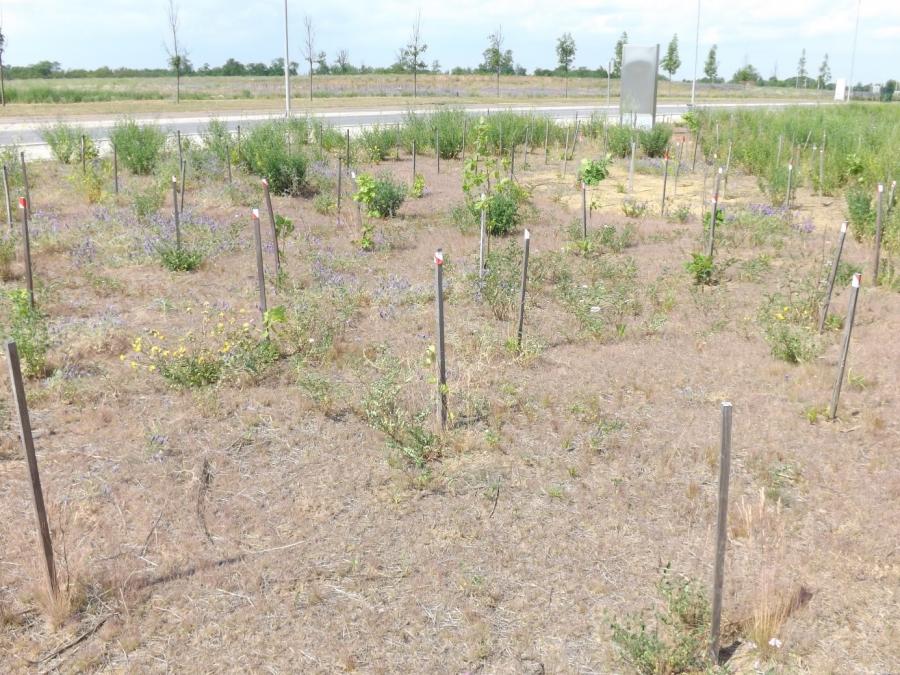Reconstruction of semi-natural vegetation at an industrial area (LEGO)
AIM
Target selection in ecological restoration is under debate in the restoration society. Originally, ecological restoration targeted the reconstruction of a pre-degradation or so-called historical state. We are currently in a period of rapid, anthropogenic-driven climate change without historic precedent and the likelihood of a 'no-analog future' is increasing, which means that a historical reference might no longer work as restoration target in the strict sense. Multiple Potential Natural Vegetation (MPNV) Model with adequate spatial resolution provide a range of ecologically relevant restoration targets. As MPNV expresses the landscape’s capacity to foster a certain natural habitat without human intervention in a probabilistic setting, it allows for the consideration of technical constraints and social preferences in goal setting. We applied MPNV to define the target habitat type to be restored at the LEGO Group, around the factory buildings in Nyíregyháza, Hungary.
MATERIAL AND METHOD

MPNV hexagon map of factory area and surroundings. Hexagons (35 ha each) are colored according to the most probable vegetation types (probability rank ≥ 2). Habitat codes are G1: open sand steppes, H5b: closed sand steppes, L5: closed lowland oak forests, M4: open steppe oak forests on sand. Colors are chosen so as darker ones to represent more woody vegetation presence in the MPNV.
The new factory of the LEGO Group is situated at Nyíregyháza, N-E Hungary in the acidic inland sand dune region of Nyírség (lat 47° 57'N; long 21° 39'E). To find the target vegetation type the Multiple Potential Natural Vegetation (MPNV) Model was applied. Eight MÉTA hexagons overlap the respective territory of the factory, but the surrounding was also considered by altogether 21 hexagon data. Habitats that require different soil type from that of the restoration parcels were rejected: halophytic vegetation, types directly influenced by water and those that develop on loess base rock. The most probable vegetation types for the average of the 21 hexagons were: closed and open sand steppes, closed lowland oak forests and open steppe oak forests on sand. The closed forest were rejected as target due to amenity and social preference, and the open steppe forest that has a mosaic arrangement with open and closed sand steppes was selected as a kind of target vision with a goal to reconstruct the physiognomy rather than the total historic species pool. A matrix of sand steppes was created first by sowing commercial or harvested seeds or by hay spread in 2014–2015. Tree and shrub saplings were planted within the grassland matrix in patches of 300-3000 m2 in an irregular design.

Picture of open steppe oak forest remnant, model for restoration (Álló-hegy, Hungary, Photo: M. Halassy).
RESULTS
Seeding induced rapid changes in vegetation composition: restoration sites became close to reference sand steppes by the second year considering species composition, total cover, species richness and natural constituent species. Tree and shrub survival was species dependent, reaching a maximum of 52 and 73% for tree and shrub species, respectively. So far, vegetation development of restoration sites confirmed the suitability of the Multiple Potential Natural Vegetation Model in selecting restoration target.

Picture of planted open steppe oak forest in a restoration site (Nyíregyháza, Hungary, Photo: M. Halassy).
FURTHER INFORMATION
Katalin Török and Melinda Halassy, research associate professors at the Department of Terrestrial Ecology of the MTA Centre for Ecology, Institute of Ecology and Botany.
RELATED PUBLICATION
Katalin Török, Anikó Csecserits, Imelda Somodi, Anna Kövendi-Jakó, Krisztián Halász, Tamás Rédei, Melinda Halassy (2017): Restoration prioritization for industrial area applying multiple potential natural vegetation modeling. Restoration Ecology. DOI: 10.1111/rec.12584